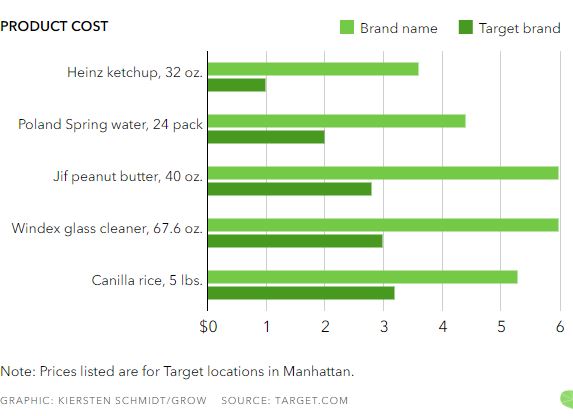Scraping together extra savingsto put towards retirement or a vacation fund can seem like a tall order, but netting more each month is possible with a little creative trimming.
Here are three easy ways you can free up $250 in your budget per month.
1. Cancel subscriptions you don’t use
Review your monthly bank statement for recurring charges, like subscriptions you may have forgotten you signed up for or no longer want.While $5 a month for music streaming you rarely use may not seem like a lot, that’s an extra $60 per year.
The same goes for other monthly charges, like unused, or underused, gym memberships. Depending on your location and membership, belonging to a gym can set you back anywhere from $10 per month at Planet Fitness, for example, to $300 per monthat upscale clubs like Equinox. If you aren’t hitting the weight room regularly, it might be worth cutting ties with your gym and taking a run or following along with a workout video on YouTube instead.
In all, 84% of people underestimate their spending on subscriptions—with roughly of them half off by $100 or more. The average consumer spends $237.33 each month on subscriptions, according to a July 2018 survey from Waterstone Group that looked at the monthly budgets of 2,500 consumers. Make sure you’re actually getting something you value for your money.
2. Go generic
We all have our preferences, whether it’s fora favorite cereal or two-ply toilet paper. But one simple way to save money regularly is to look to store brands and generics, which typically cost about half the price of name-brand items, according to areportfrom Policygenius.

Start by making a list of items you purchase frequently and figure out where you’re willing to budge. A smart place to start: Generic or store brand productsthat experts say are a good value.
“I have no shame about buying generic peanut butter or whatever it is, as long as the quality is the same as the name brand—and in many cases, it is,” says Trae Bodge, smart shopping expert at Truetrae.com. “You can save yourself 20% or 30% on a generic brand.”
If your annual grocery budget is about $4,015 (the national average), you could save up to30%, or about $100 each month, by switching to generics.
3. Negotiate your bills
The average cost for pay TV, such as cable or satellite, is about $107 a month, according to Leichtman Research Group. Reviewyour monthly internet, phone and cable bills to check for any unexplained increases in your plan or expired introductory offers. Then call customer service to try to negotiate your bill.
Emphasize that you’d like a better deal on your service.If that fails, ask to speak with their retention department, whose job it is to keep customers and will likely be willing to help. Do this for a few bills, and you could save over $50 each month.
You can also try negotiating on memberships like your gym, Bodge says: ”‘If I take fewer classes, can you reduce my rate? Can you validate my parking?’ Be sure to ask lots of questions about how you can trim your bill.”
Where to start if you want to save money
Create a budget that distinguishes between your fixed expenses, like rent and loans, and the variable expenses you can cut down or cut out. One popular formula is the 50/30/20 rule, which divides your income among fixed expenses, financial goals, and flexible spending.
Start by looking at how you can save money or spend wisely on bills you have to pay, like your auto insurance or utilities. Then look for ways you can trim discretionary expenses.
“Once you figure out what your budget is, then you build on top of that,” says Bodge. “It’s about pulling away from those ‘extras’ and then you can save money very quickly.”
